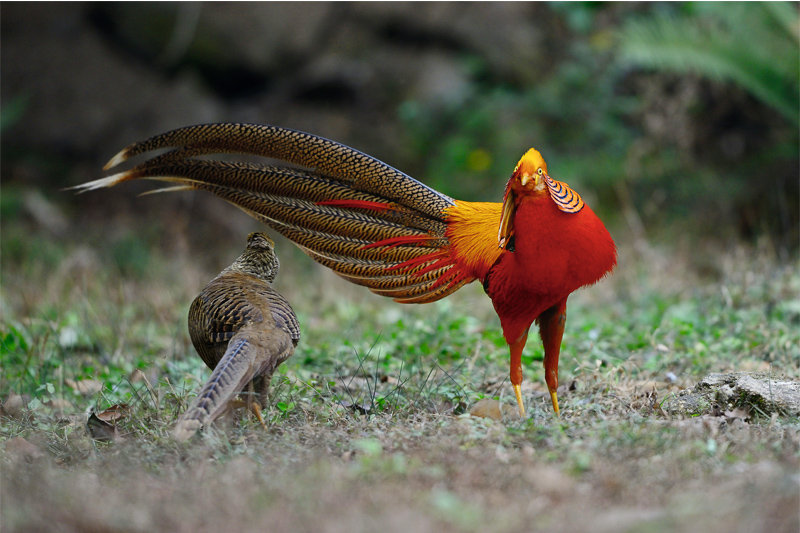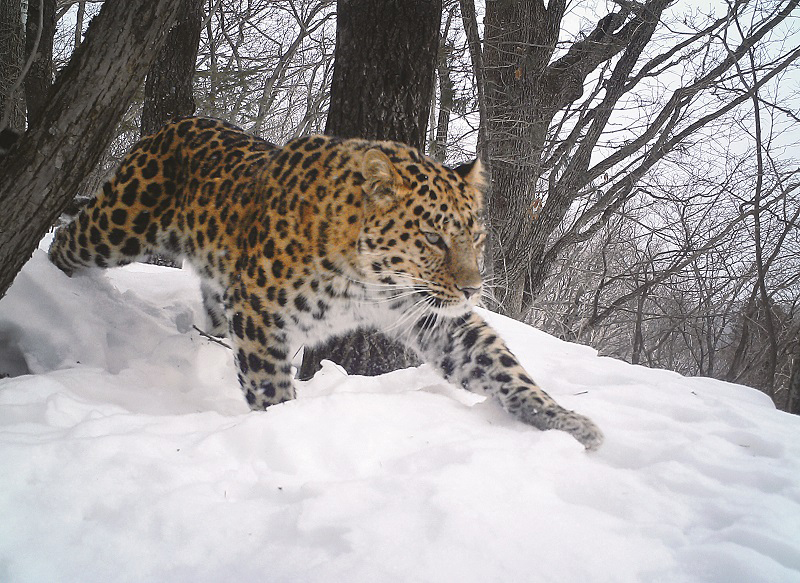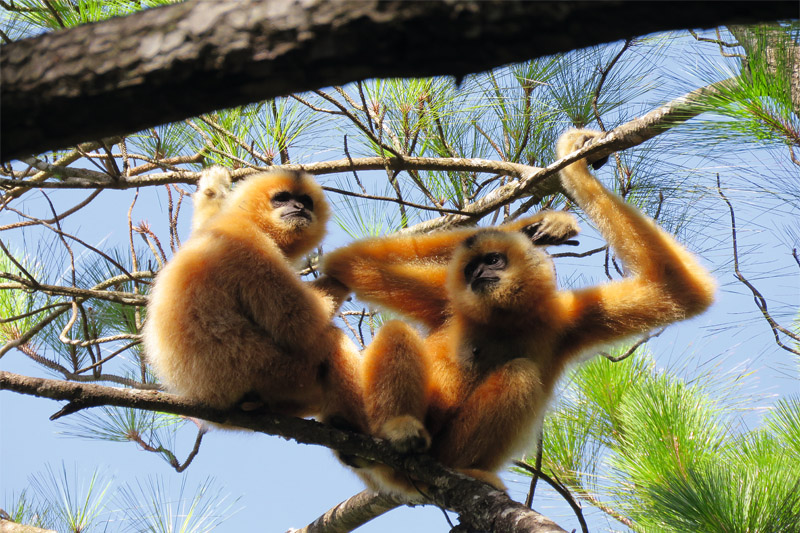Unique Beauty of National Parks

Known as China’s “water tower,” the Sanjiangyuan National Park boasts not only trickling streams, but also ancient bedrock mountains, magnificent snow-capped mountains, crystal glaciers, winding rivers, glassy lakes and boundless wilds. The park is a typical representation of large-scale protection of alpine ecosystems on the Qinghai-Tibet Plateau, the third pole of Earth. It preserves both the alpine biodiversity trove and complex ecosystems of the region with a variety of glaciers, snow-capped mountains, high-altitude wetlands, deserts, alpine grasslands and meadows.

The Giant Panda National Park is where wild pandas are primarily found and, thus, a major breeding habitat for them. The park, traversing six latitude notches, boasts the widest south-to-north span among the first group of national parks in China. The huge span frames unique natural landscapes fostered by diverse climate resources. With the highest altitude of 5,588 meters above sea level and the lowest at 595 meters, the park presents a terrain high in the northwest and low in the southeast. It features tall mountains, high peaks, deep valleys and rugged land with vast differences in height and some of the most complex geographic conditions in the world.


Located in the heart of mixed coniferous and broad-leaved forest ecosystems in the temperate zone of Asia, the Northeast China Tiger and Leopard National Park is home to the largest population of wild Siberian tigers and Amur leopards, and the only breeding ground for those animals in China. Global temperate coniferous and broad-leaved mixed forests are mainly distributed in three separate areas in western Europe, eastern North America, and eastern Asia, between 40 degrees to 60 degrees north latitude. Among them, the forests in eastern Asia lead in complexity of structure and variety of species, making it one of the most beautiful forest landscapes in the world.


The Hainan Tropical Rainforest National Park preserves China’s only and most complete and diverse continental island-type rainforest and the world’s only monsoon evergreen forest, which is also one of 34 biodiversity hotspots globally. Among this treasure trove of biodiversity exists the only distribution site of the world’s most endangered primate—the Hainan gibbon.

With the world’s largest and most complete primary mid-subtropical evergreen broad-leaved forest ecosystem among those at the same latitude, the Wuyi Mountain National Park is considered a paradise for birds, a kingdom of snakes, and a treasure trove of insects, as well as the “origin of the world’s biological model specimens.” It is home to the Danxia landscape featuring lucid waters and red mountains, which was designated a World Cultural and Natural Heritage site by UNESCO in 1999.

